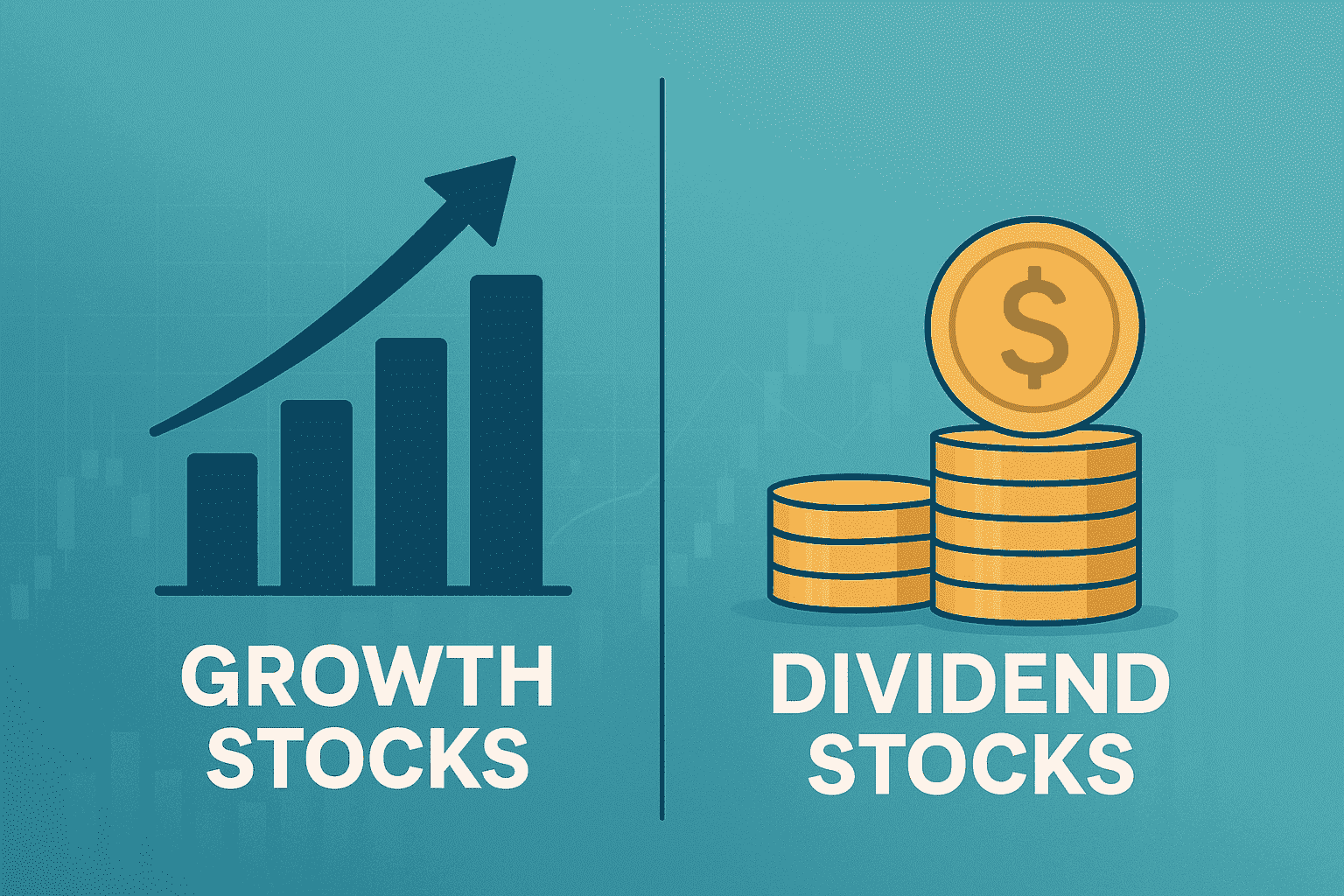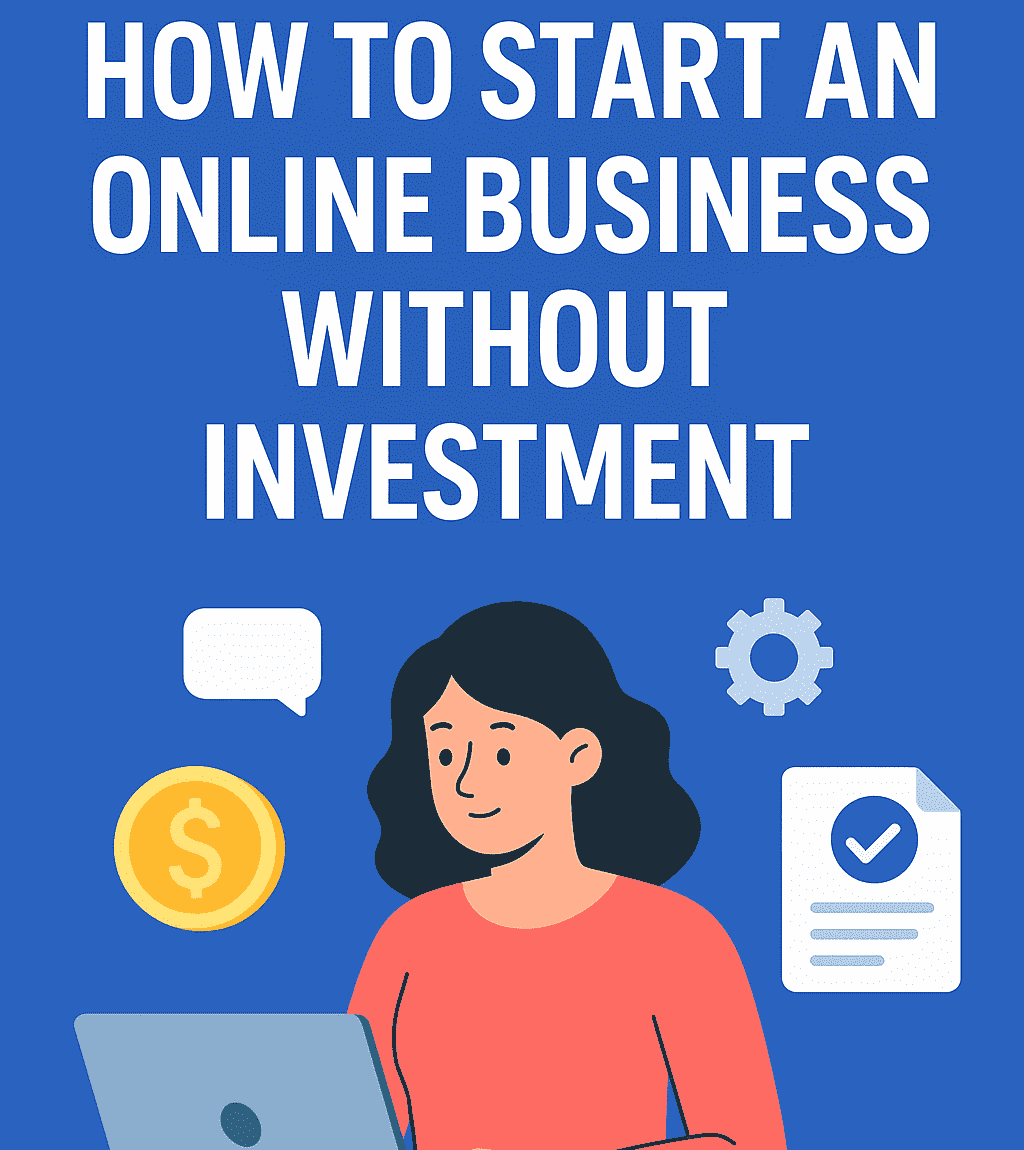Consider a scenario where a corporation like Google deploys location apps to monitor and enhance their employees’ productivity. They’re not tracking their workers’ every move, but rather, they’re getting insights into how work patterns and interactions shape productivity. While this may seem invasive to some, it could also be a game-changer for industries striving to optimize their operations. With the ever-increasing remote work trends, apps to track employee location may be the next big thing in workforce management. But what are the potential pitfalls and how can they be avoided?
Key Takeaways
- Location-based apps can significantly boost productivity by tracking employees, enhancing accountability, and aiding in logistics.
- Implementing location apps requires identifying business needs, choosing an appropriate app, training staff, and integrating it into daily workflows.
- Various productivity-boosting apps like Asana, Slack, Trello, Zoom, and Google Workspace can be combined with location-based tools for greater efficiency.
- Despite challenges like resistance and privacy concerns, success stories from industries like logistics and retail highlight the pivotal role of location apps in the future of work.
Understanding Location-Based Apps
To truly get a handle on how location-based apps can boost productivity, it’s crucial to first grasp what these apps are and how they function. Essentially, they’re mobile applications that use a device’s geographical location to provide services or information relevant to where the user is. They function by connecting with a device’s GPS or Internet connection to pinpoint the user’s exact location.
These apps aren’t a new phenomenon; they’ve been around since the dawn of smartphones. However, their sophistication and utility have dramatically improved over the years. From apps that help users find nearby restaurants, to those that track employees’ location for safety and efficiency purposes, their uses are broad and varied.
Location-based apps can be divided into two main categories: push and pull. Push apps send information or alerts based on the user’s location without any prompt from the user. On the other hand, pull apps require the user to request location-specific information. Understanding these fundamental aspects of location-based apps is key in realizing their potential in enhancing productivity. But their real value lies not just in understanding them, but in how they’re applied. This will be the focus of the next subtopic.
Benefits of Using Location Apps
Having understood the workings of location-based apps, let’s now explore the manifold benefits they offer, particularly in enhancing employee productivity. The first advantage is that these apps can significantly reduce time wastage. They can enable employers to track employees’ movements, ensuring that company time is not spent on non-work-related activities.
Secondly, location apps can improve accountability. They make it possible to verify that employees are where they’re supposed to be during work hours. This not only fosters a sense of responsibility but also helps in maintaining a disciplined work environment.
Thirdly, location apps can aid in logistics and planning. For businesses that rely on fieldwork, such as delivery services or construction, these applications can help plan routes and schedules efficiently, saving both time and fuel.
Fourthly, in the event of emergencies or unexpected situations, location apps allow for quick location and response, enhancing workplace safety.
Top Productivity-Boosting Apps
Let’s dive into five top-notch apps that can skyrocket your team’s productivity.
First in line is ‘Asana’, a project management tool that’s renowned for its ease of use and robust feature set. It allows teams to organize, track, and manage their work, boosting productivity by ensuring everyone’s on the same page.
Next up, ‘Slack’ revolutionizes communication in the workplace. It’s a hub where team members can exchange ideas, share files, and collaborate on projects in real-time. It’s particularly handy for remote teams who need to stay connected.
Thirdly, ‘Trello’ shines as a digital bulletin board. It’s a fantastic tool for visualizing tasks, assigning responsibilities, and tracking progress.
‘Zoom’ is another vital tool in the modern workspace. It provides high-quality video conferencing, essential for effective remote meetings and collaborations.
Lastly, ‘Google Workspace’ is a productivity powerhouse, offering a suite of tools from email to cloud storage and document editing. It’s the backbone of many businesses, supporting seamless collaboration and effective work processes.
These apps aren’t just tools; they’re productivity catalysts, transforming how teams work and driving performance to new heights. It’s not just about working harder; it’s about working smarter.
Implementing Location Apps in Workplaces
Beyond these productivity-boosting tools, location apps are now taking center stage in many workplaces, offering real-time tracking and efficient workflow management. These apps are instrumental in enabling businesses to optimize their operations, improve communication, and foster team collaboration.
Implementing location apps in workplaces isn’t a complex process. It starts with identifying the business needs and processes that could benefit from location-based services. It’s crucial to select an app that aligns with the company’s goals and workflows.
Once the app is selected, the next step is training employees on its use. This step is imperative as it ensures that everyone understands how to use the app effectively to maximize its benefits. Companies can provide in-house training or request assistance from the app developers.
The final step is integrating the app into the daily operations. It’s recommended that companies start with a trial phase, giving employees time to familiarize themselves with the app and provide feedback. This feedback is essential for fine-tuning the implementation process and ensuring the app truly enhances productivity.
It’s important to remember that successful implementation requires a commitment to continuous improvement, as technology and business needs evolve over time.
Case Studies: Success Stories and Lessons Learned
In light of various success stories, it’s clear that location apps have proved instrumental in boosting productivity and streamlining operations in several companies. Take the case of a large logistics firm, which significantly improved its fleet management and delivery times by employing location-tracking technology. Real-time tracking ensured prompt deliveries, improving customer satisfaction and reducing complaints.
Another example is a global retail chain that used a location app to manage their widespread workforce efficiently. The app’s geofencing feature notified managers when employees entered or left the work premises, enhancing accountability and punctuality.
However, it’s not all rosy. Some companies encountered challenges, such as employee resistance and privacy concerns. One tech company faced a backlash when it tried to implement location tracking without adequately communicating its purpose and benefits to the staff. The lesson learned? Clear communication is integral when introducing such tools.
Conclusion
In conclusion, location-based apps are shaping the future of work, offering a new way to increase employee productivity. They carry various benefits, from time management to efficient coordination. Implementing them in workplaces, though challenging, can significantly improve operations. The success stories shared highlight their potential, making it clear that it’s time businesses adapt these innovative solutions. Truly, the future of work is here, and it’s location-aware.















Leave a Reply